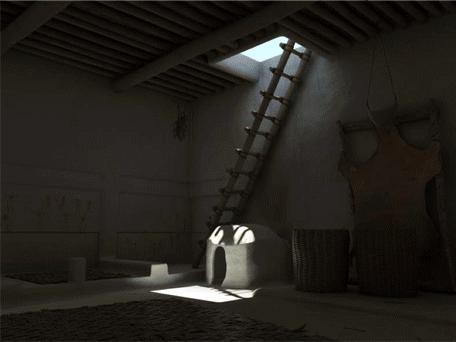
mierenneuken:landoascadd:
The City was an Endless Building.
In Çatal Höyük, there used to be no streets or pathways. Instead, façade walls touched each other without any gap in-between. With a single opening on the roof, each dwelling’s chimney functioned as lighting window as well as entrance door.
Discovered in Turkish Anatolia close to the Syrian border ca. 6,000 BC, it is one of the best-preserved Neolithic settlements. Contiguous constructions made people use rooftops as a very lively public space. The city was an endless building. Dwellers should climb up a timber ladder to get onto the roofs topography; walk along and above their neighbours’ homes, until they found the hole from where to climb down through another ladder into their own.
Every mud brick dwelling provided a piece of public space for people to meet or simply pass by, safe from wild animals. Çatal Höyük was also a sort of fortress or vantage point to watch the surrounding territory. These man-made vertical caves provided optimal environmental conditions throughout the year. Ecology already started with the up to 18 layers of recycled rubble from previously collapsed buildings that configured the foundations of every new house. In addition, there was an open site for collective waste dumping.
Absolutely incredible. But are there more contemporary topographies of this contiguous, streetless type?
* the Paris catacombs?
* Eyal Weizman on the Israeli Defence Force Walking Through Walls in Nablus, 2002 - “During the battle soldiers moved within the city across hundreds of metres of ‘overground tunnels’ carved out through a dense and contiguous urban structure.”

